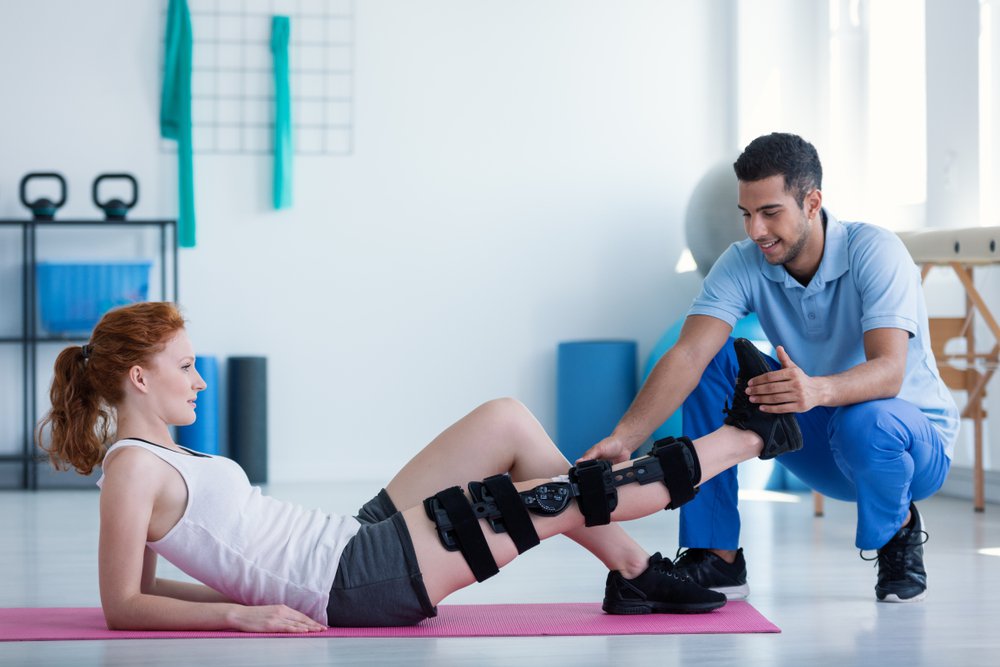Effective Methods to Minimize the Chance of Acute Traumas in Sports Via Focused Preventive Tactics
Effective Methods to Minimize the Chance of Acute Traumas in Sports Via Focused Preventive Tactics
Blog Article

Acute traumas in athletics can occur suddenly and often lead to serious problems for players. These traumas can range from sprains and strains to breaks and head injuries. To assist reduce these injuries, it is essential to implement focused protective strategies. These strategies concentrate on awareness, appropriate preparation, equipment use, and overall health maintenance. By addressing these key areas, athletes can significantly lower their risk of experiencing acute injuries while engaging in their beloved activities.
One effective approach to minimizing the likelihood of traumas is through education. Athletes, trainers, and guardians should be educated about the typical types of traumas associated with specific activities. Comprehending the mechanics of these traumas allows all involved to recognize the signs and signals early. Informative workshops or seminars can assist teach players about proper techniques and the significance of preparing up before games or practices. This knowledge empowers athletes to take charge for their safety and encourages them to communicate any concerns about potential injuries.
Another crucial preventive strategy is proper preparation. Players should participate in a comprehensive training program that centers on building strength, flexibility, and endurance. Strength training assists build the muscle groups that support joints, reducing the likelihood of traumas. Flexibility routines, such as stretching, can enhance the scope of motion and reduce the risk of muscle strains. Additionally, athletes should integrate sport-specific drills that mimic game situations, which can assist them become more acquainted with the movements involved in their chosen sport. Trainers play a crucial role in developing and executing these training programs to ensure they are see here secure and efficient.
The use of appropriate gear is also essential in preventing acute injuries in sports. Athletes should consistently wear the right gear for their particular activity, including helmets, pads, and proper footwear. For instance, football players need helmets to protect against head injuries, while football players require shin guards to protect their legs from collision. It is essential that gear is fitted properly and is cared for regularly to guarantee it provides the intended safeguarding. Trainers and parents should motivate athletes to take the effort to choose and use the appropriate equipment to reduce their risk of injury.
In addition to education, preparation, and equipment, maintaining overall health is essential for injury avoidance. Athletes should emphasize adequate nutrition, hydration, and rest to keep their bodies in top shape. A balanced diet rich in vitamins and minerals aids support muscle recovery and overall athletic performance. Staying hydrated is also crucial, as dehydration can result to fatigue and heighten the risk of traumas. Lastly, getting enough sleep is vital for recovery and upholding focus during practices and matches. By promoting good well-being habits, athletes can enhance their effectiveness and reduce their risk of suffering from acute traumas.
In summary, reducing the risk of acute traumas in sports requires a comprehensive method that includes awareness, adequate preparation, suitable gear, and overall well-being maintenance. By concentrating on these specific protective strategies, players can more effectively safeguard themselves from the risks of traumas. Trainers, guardians, and athletes all have important roles to play in fostering a secure athletics environment. By cooperating together and emphasizing protection, the pleasure of athletics can persist without the disruption of serious traumas.